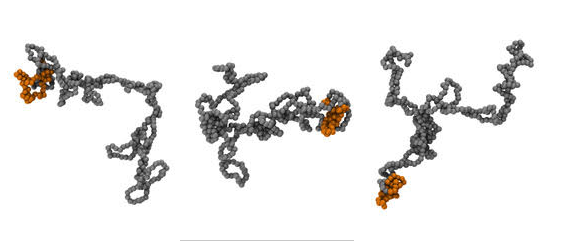Active matter states defy many notions that have been established for systems in thermodynamic equilibrium. Nevertheless, the lack of detailed balance might be utilized to design nonequilibrium materials with unique properties. Recently we have shown, employing a model of ring polymers containing segments with a larger mobility than given by equilibrium thermal fluctuations, that making polymers with intrinsic topology active can result in states that relax extremely slowly, the so-called active topological glass. In this paper, we focus on the role of nonequilibrium phase separation in the vitrification process. In particular, we detail the polymer dynamics and show that such activity-driven glassy states arise from heterogeneity of segmental dynamics that emerges on all scales. Provided that the activity quench is strong enough, the rings feature an oriented reptationlike motion, with the active segment serving as an effective chain’s end, resulting into a dramatic increase of inter-ring treading that vitrifies the system. The scaling properties of the ensuing steady-state ring conformations, which are significantly elongated and usually possess a doubly folded structure, are discussed and compared to equilibrium counterparts. We further examine the connection between the glass formation and the nonequilibrium phase separation and we find that both appear to be initiated by the contrasting dynamics of ring segments. Finally, we consider the effect of nonequilibrium phase separation in other active copolymer architectures.
Download “Article” Emergence_active_topological_glass.pdf – Downloaded 222 times – 5 MB
Download a copy of the manuscript

